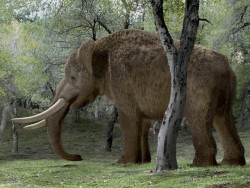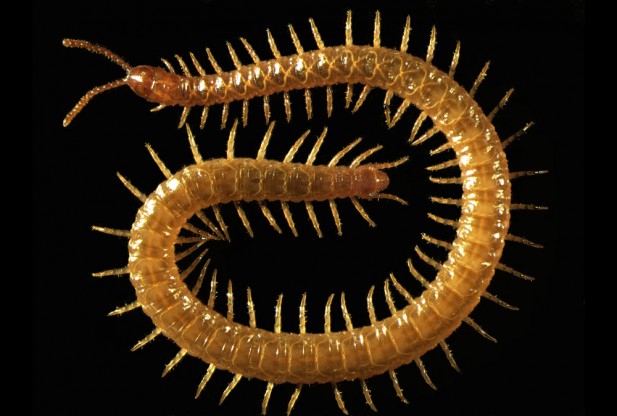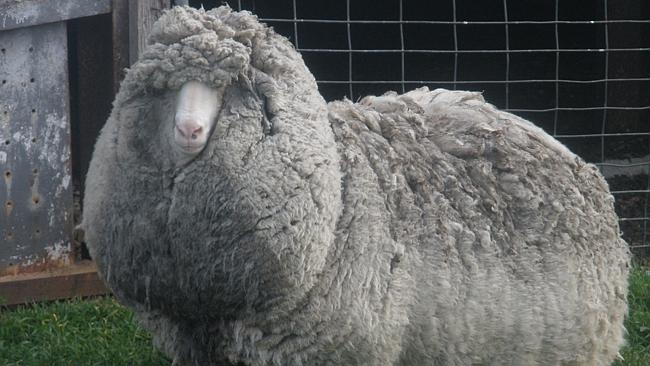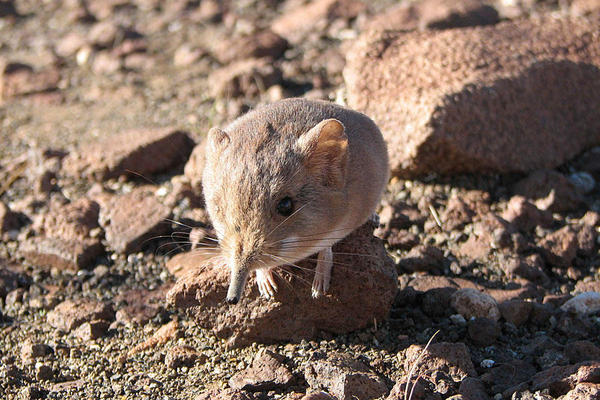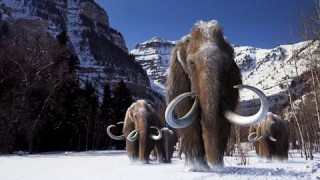
Researchers have conducted a detailed analysis of the woolly mammoth genome, after extracting DNA from two strands of preserved hair. Published in the July 2 issue of the journal Cell, the study reveals some of the evolutionary adaptations that these giant creatures went through to survive the grueling conditions of the Arctic.
Describing the research into the mammoth’s genome as the most “comprehensive study” to date, study author Vincent Lynch, an assistant professor of human genetics at the University of Chicago, offered the following statement
“They are an excellent model to understand how morphological evolution works, because mammoths are so closely related to living elephants, which have none of the traits they had.”
Woolly mammoths were in existence until around 10,000 years ago, dying out when the glaciers started to melt. The lumbering behemoths possessed thick layers of fur, small ears and tails, and were covered in substantial layers of subcutaneous fat.
While other research has sought to understand the genetic makeup of the woolly mammoth, these efforts have only provided researchers with insight into a narrow selection of genes.
However, Lynch and colleagues adopted a different approach, sequencing the genomes of two woolly mammoths, and three Asian elephants. In doing so, the researchers discovered over a million genetic variants that were specific to the woolly mammoth.
Since DNA is the code with which proteins are made, these many genetic differences would have produced a protein inventory that was very different to that seen in today’s elephants. The researchers found that many of these proteins helped the extinct beast to survive at subzero temperatures, including those responsible for producing the animal’s insulating layer of fur.
They also discovered genes that coded small ears and tails, a characteristic that was necessary for reducing heat loss. In stark contrast, the tails and ears of elephants are much bigger to ensure they remain cool. The woolly mammoth, meanwhile, likely had temperature-sensing receptors that were less sensitive to extreme temperatures.
These genetic differences also meant that woolly mammoths had a thick layer of insulating fat, and controlled their blood-sugar levels in a different way.
Incredibly, the new findings could allow researchers to partially “resurrect” the mammal, using some of the DNA from the woolly mammoth and its Asian elephant cousin. While Lynch argues that we will “technically” have the capability to recreate the woolly mammoth, he doesn’t think it is wise to do so.
However, speaking to Live Science, Harvard University geneticist George Church said he was leading a team that was planning to create a hybrid between an Asian elephant and woolly mammoth. Church’s team is gearing up to use a gene splicing tool, called CRISPR, to combine a small number of mammoth and elephant genes.

